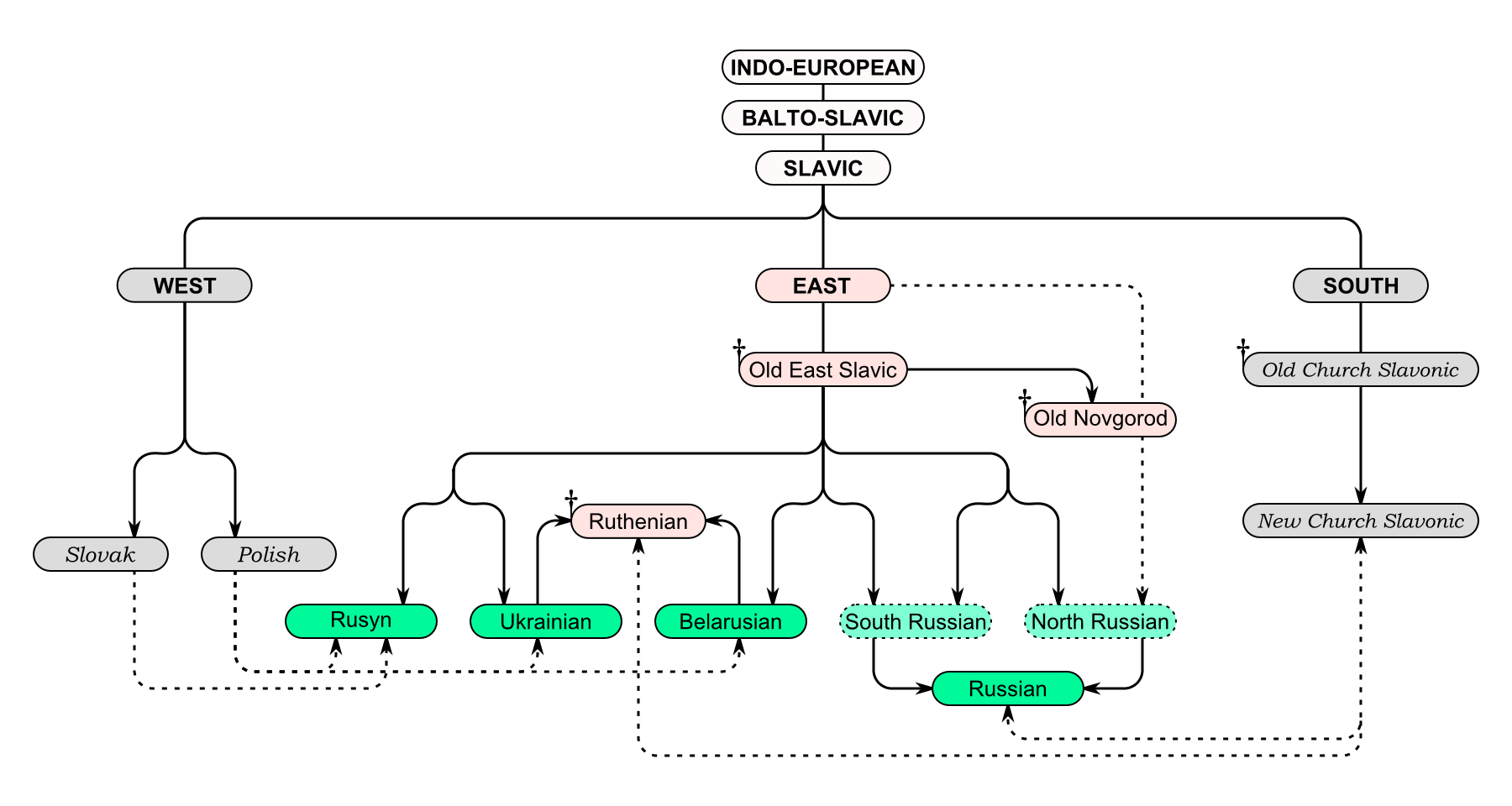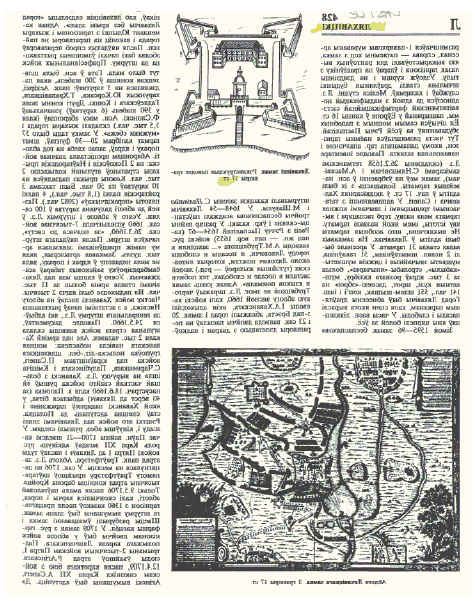
Slavic languages: Slavic languages, group of Indo-European languages spoken in most of eastern Europe, much of the Balkans, parts of central Europe, and the northern part of Asia. The Slavic languages, spoken by some 315 million people at the turn of the 21st century, are most closely related to the languages of the
Slavic languages: Slavic languages, group of Indo-European languages spoken in most of eastern Europe, much of the Balkans, parts of central Europe, and the northern part of Asia. The Slavic languages, spoken by some 315 million people at the turn of the 21st century, are most closely related to the languages of the


Slav: Slav, member of the most numerous ethnic and linguistic body of peoples in Europe, residing chiefly in eastern and southeastern Europe but extending also across northern Asia to the Pacific Ocean. Slavic languages belong to the Indo-European family. Customarily, Slavs are subdivided into East Slavs
Classification. Russian is an East Slavic language of the wider Indo-European family.It is a lineal [citation needed] descendant of the language used in Kievan Rus’, a loose conglomerate of East Slavic tribes from the late 9th to the mid 13th centuries. From the point of view of spoken language, its closest relatives are Ukrainian, Belarusian, and Rusyn, the other three languages in the East

Classification. Russian is an East Slavic language of the wider Indo-European family.It is a lineal [citation needed] descendant of the language used in Kievan Rus’, a loose conglomerate of East Slavic tribes from the late 9th to the mid 13th centuries. From the point of view of spoken language, its closest relatives are Ukrainian, Belarusian, and Rusyn, the other three languages in the East

Political map of Europe with countries where a Slavic language is a national language marked in shades of green. Wood green represents East Slavic languages, pale green represents West Slavic languages, and sea green represents South Slavic languages.
Classification. Russian is an East Slavic language of the wider Indo-European family.It is a lineal [citation needed] descendant of the language used in Kievan Rus’, a loose conglomerate of East Slavic tribes from the late 9th to the mid 13th centuries. From the point of view of spoken language, its closest relatives are Ukrainian, Belarusian, and Rusyn, the other three languages in the East


Slav: Slav, member of the most numerous ethnic and linguistic body of peoples in Europe, residing chiefly in eastern and southeastern Europe but extending also across northern Asia to the Pacific Ocean. Slavic languages belong to the Indo-European family. Customarily, Slavs are subdivided into East Slavs

Political map of Europe with countries where a Slavic language is a national language marked in shades of green. Wood green represents East Slavic languages, pale green represents West Slavic languages, and sea green represents South Slavic languages.

Political map of Europe with countries where a Slavic language is a national language marked in shades of green. Wood green represents East Slavic languages, pale green represents West Slavic languages, and sea green represents South Slavic languages.
